Protests swept the nation after the death of George Floyd in the spring. While most protests were peaceful, some took advantage of the situation to destroy property, including pulling down a handful of the more than 700 Confederate monuments. All told, as of August, about 60 Confederate symbols (statues, flags, school names, etc.) had been removed, renamed, or relocated. Nearly 1,800 of these symbols remain. Some of these removals have been done peacefully; others were pulled down by mob action. Abraham Lincoln spoke out against such a “mobocracy” in the past, but is there a rational case for removing Confederate monuments?
Sociologist James W. Loewen, best known for his books, “Lies My Teacher Told Me” and “Lies Across America,” points out that all monuments reflect three distinct time periods. I explored this concept in a recent dialogue and discovered that all three time periods, and the motivations of the people of those times, provide a rational basis for removing Confederate monuments. Keep in mind that all statues, school names, Army base names, etc. are to honor the person or people depicted.
1. The Subject: The first time period represented is the subject of the statue (or name, in the case of school naming). All Confederate statues represent aspects of the Confederacy and its four year existence during the Civil War, primarily reflected by statues of Generals, Confederate government leaders, and sometimes generic soldiers. The rational question: Is it appropriate to honor the Confederacy and its leaders?
Former New Orleans Mayor Mitch Landrieu noted on a recent Zoom discussion that Confederate leaders were people who acted to “destroy the United States in order to protect and expand slavery.” Renowned Civil War and Abraham Lincoln historian Allen Guelzo put the question even more bluntly: “Why would you erect statues to people who committed treason?”
These views are backed up by history. Eleven states chose to break the Constitution to secede and engage in a civil war to protect and expand slavery because they didn’t like the results of a national election. This wasn’t simply an irrational reaction to Lincoln’s election, it was a decision planned for many years. While still part of the United States, individual States, Congressmen, Senators, and even President James Buchanan’s Secretary of War John Floyd shipped arms and munitions south and ordered the Union’s limited navy offshore to minimize Union resources for possible response after secession, not to mention any Union response to foreign nations who might take advantage of domestic disarray. Colonel Robert E. Lee of the Union Army was offered the position of General-on-Chief, but chose instead to renounce his citizenship to join the Confederacy. Mississippi Senator Jefferson Davis and former Georgia Congressman Alexander Stephens also renounced citizenship to become President and Vice President of the Confederacy. Many other military officers and congressional representatives joined them. All chose to forsake the Union and actively go to war against the United States.
Former George W. Bush Secretary of State Condoleezza Rice recently questioned the “glorification of the Confederacy” and especially the glorification of “military officers who tried to destroy the country,” adding, “I don’t get it.”
2. When monuments were erected: Placement of monuments began shortly after the Civil War, but the majority occurred in a large spike after the 1896 Plessy v. Ferguson Supreme Court ruling that allowed “separate but equal” segregation. This graph gives a good visual of what I’m about to describe (right click to open the image in a new tab so it’s easier to read):
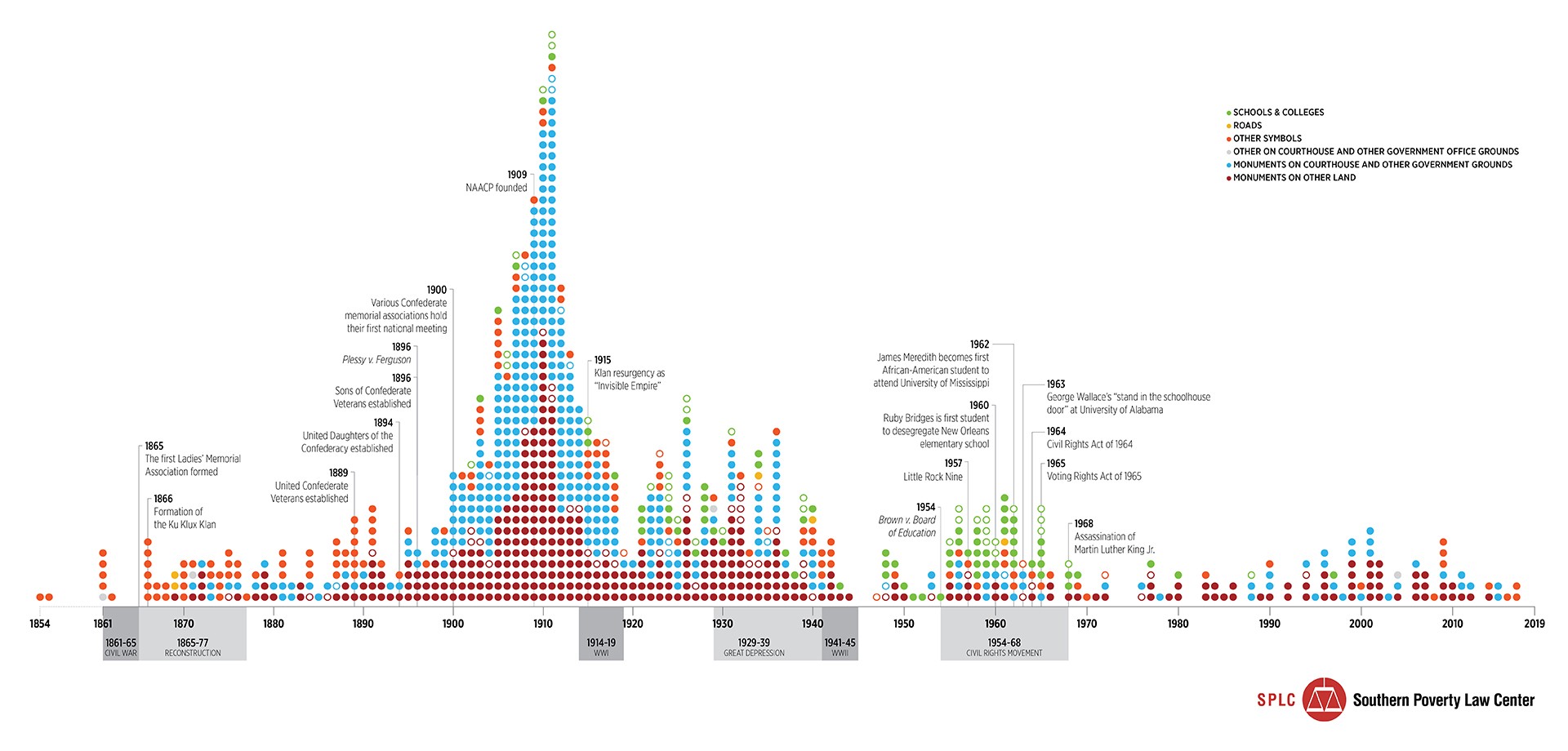
A special emphasis was to erect Confederate statues in front of courthouses as a form of intimidation to African Americans, many brought in on trumped up charges during the Jim Crow era. Erection of these statues was part of a larger scheme of intimidation where the Ku Klux Klan and other white supremacy groups ran rampant and everyone, white and black, knew that the judge, prosecutor, and sheriff bringing black men into the courthouse might very well have been wearing a white hood and burning crosses the night before. The time period (post-reconstruction, Jim Crow, segregation) also reflected a conscious attempt to rewrite history, creating a “Lost Cause” mythology that denied slavery’s role in antebellum America and the cause of the Civil War. This massive undertaking to rewrite history and engage in intimidation lasted up to the second world war. A smaller spike occurred immediately after the 1954 Brown v. Board of Education Supreme Court ruling that reversed the earlier Plessy and deemed segregation unconstitutional because it created and institutionalized inequality. Unlike the earlier spike that emphasized courthouse statues, this response to the desegregation of schools decision was focused on naming schools after Confederate leaders, again directed intimidation to demonstrate to African Americans that white supremacy still ruled despite the Court order. This continued through the passage of the 1964 Civil Rights Act and 1965 Voting Rights Act.
These choices of when and were to erect Confederate monuments and name schools and Army bases was not random or accidental, as the graph shows. Rather than merely coinciding with Jim Crow laws or pushback against civil rights progress, the act of erecting monuments to the Confederacy was another plank in the platform to promote white supremacy and rewrite history. The United Daughters of the Confederacy were instrumental in this program. The UDC was also behind the rewriting of textbooks to minimize the role of slavery (e.g., “African immigrants came to America to find work” instead of the reality of the forced international slave trade).
3. The present: The final time period reflected by all monuments is today; the time in which we all view and evaluate, or reevaluate, the appropriateness of monuments to the past. While some see Confederate monuments as representative of “heritage,” others see them representing a continuing subjugation based on race. Let’s rationally examine the two views.
The argument for the monuments reflecting “heritage” is, we all must admit, rather weak. The Confederacy lasted only about 4 years. What we refer to as the “Confederate flag” existed for even less time. This hardly is enough time to reflect heritage. Also, the “heritage” presented is a false history that intentionally dismisses slavery as the key to secession and the cause of the Civil War despite the Confederacy, both at the state and federal level clearly and repeatedly stating that protection of slavery was the cornerstone of secession and war. So what is the actual heritage of the Confederacy? It’s the slave-based plantation economy and white supremacy. This is why you can see Confederate flags flying in North Dakota, New Jersey, and other areas that either didn’t exist at the time or were Union states, not part of the Confederacy. It’s also why the most ardent defenders of Confederate statues are modern day KKK, tiki torch-carrying neo-Nazis, and white supremacists such as the Proud Boys.
Meanwhile, the majority of African Americans today view these monuments as a continuing reminder of white supremacy. We are 150 years after the Reconstruction amendments that guaranteed freedom, citizenship, and voting rights to all Americans (and reiterated 50+ years ago with the Civil and Voting Rights Acts), and yet African Americans and other minorities still feel they are being blocked from exercising their constitutional rights. They feel that these Confederate monuments exacerbate and provide and anchor for continuing racism in America. The deaths of unarmed African American men and women for minor or non-crimes while white supremacist mass murderers are taken without violence reinforces this perception of inequality.
What I’ve presented above is a rational case for the removal of Confederate statues, school names, and other monuments to the Confederacy. This should serve as a starting point for further rational discussion. It does not provide a rationalization for mobs pulling down statues. My hope is that it provides a framework where historians, members of the community in which individual statues sit, and black rights activist groups such as Black Lives Matter can proactively sit down to discuss the fate of any given statue, school name, etc. In a broader sense, I hope these discussions can lead to a more comprehensive discussion on equality in America such that we can identify and remove the societal barriers that keep us from achieving the more perfect union that the Founders and Abraham Lincoln saw as our national ideal.
I will follow up this post in a few days by addressing some alternative positions and rebuttals to what I’ve presented. Feel free to leave your own questions and/or rebuttals (and even solutions) in the comments and I’ll incorporate them into the next post.
Additional Posts Addressing Comments and Rebuttals:
Do We Erase History by Removing Confederate Monuments?
Can We Add Context to Confederate Monuments?
[Graphic credit: Southern Poverty Law Center]
David J. Kent is an avid traveler, scientist, and Abraham Lincoln historian. He is the author of Lincoln: The Man Who Saved America, Tesla: The Wizard of Electricity and Edison: The Inventor of the Modern World as well as two specialty e-books: Nikola Tesla: Renewable Energy Ahead of Its Time and Abraham Lincoln and Nikola Tesla: Connected by Fate.
Check out my Goodreads author page. While you’re at it, “Like” my Facebook author page for more updates!
Like this:
Like Loading...
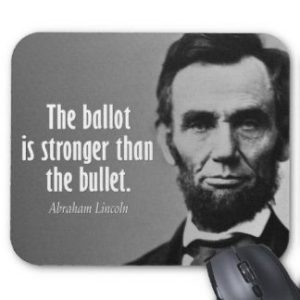 Abraham Lincoln once stated:
Abraham Lincoln once stated:


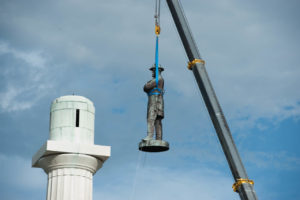 A week ago I wrote a post titled, “
A week ago I wrote a post titled, “

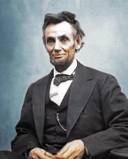 The recent pressure to remove Confederate statues has spilled over into monuments to other historical figures, most incredibly including
The recent pressure to remove Confederate statues has spilled over into monuments to other historical figures, most incredibly including 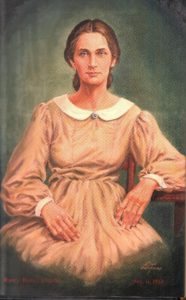 Nancy Hanks Lincoln died October 5, 1818 of “the milk sick.” Or did she? While Abraham Lincoln biographers generally attribute her death to milk sickness, a possibility exists that it might have actually been something else. The story goes like this:
Nancy Hanks Lincoln died October 5, 1818 of “the milk sick.” Or did she? While Abraham Lincoln biographers generally attribute her death to milk sickness, a possibility exists that it might have actually been something else. The story goes like this: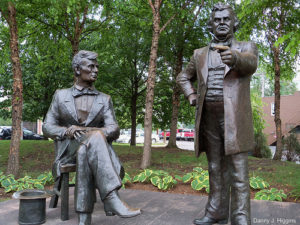 In 1858, Abraham Lincoln began following Douglas from town to town as they campaigned against each other for Douglas’s Senate seat. Challenging the incumbent Senator in a Democratic-dominated state, Lincoln had to coax Douglas to go against his own interests and formally debate. Whenever Douglas gave a major speech, Lincoln told the crowd he would respond that evening or the next day. After doing this for a while, and with the help of his influential friend Jesse Fell, Lincoln approached Douglas about holding a series of joint debates across the state. Reluctant at first, Douglas eventually agreed to one debate in each of the nine congressional districts in Illinois. They had both already spoken in Springfield and Chicago within a day of each other, so they agreed to seven additional joint debates in Ottawa, Freeport, Jonesboro, Charleston, Galesburg, Quincy, and Alton over the next two months. For each debate one candidate would speak for sixty minutes, followed by the other for ninety minutes, and the first would get a thirty-minute reply. They alternated who would speak first, with the incumbent Douglas getting the benefit of doing so in four of the seven debates.
In 1858, Abraham Lincoln began following Douglas from town to town as they campaigned against each other for Douglas’s Senate seat. Challenging the incumbent Senator in a Democratic-dominated state, Lincoln had to coax Douglas to go against his own interests and formally debate. Whenever Douglas gave a major speech, Lincoln told the crowd he would respond that evening or the next day. After doing this for a while, and with the help of his influential friend Jesse Fell, Lincoln approached Douglas about holding a series of joint debates across the state. Reluctant at first, Douglas eventually agreed to one debate in each of the nine congressional districts in Illinois. They had both already spoken in Springfield and Chicago within a day of each other, so they agreed to seven additional joint debates in Ottawa, Freeport, Jonesboro, Charleston, Galesburg, Quincy, and Alton over the next two months. For each debate one candidate would speak for sixty minutes, followed by the other for ninety minutes, and the first would get a thirty-minute reply. They alternated who would speak first, with the incumbent Douglas getting the benefit of doing so in four of the seven debates. Abraham Lincoln is the only president to appoint a tenth justice to the Supreme Court. He made five appointments, one of the most prolific appointers-in-chief in our history. And it all started because of Dred Scott.
Abraham Lincoln is the only president to appoint a tenth justice to the Supreme Court. He made five appointments, one of the most prolific appointers-in-chief in our history. And it all started because of Dred Scott.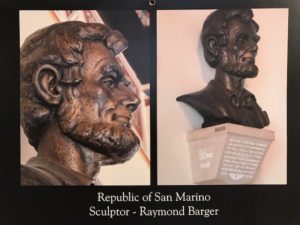 September in the 2020 calendar series by David Wiegers brings us to the tiny city state of San Marino, where Abraham Lincoln not only makes a showing, he’s a citizen.
September in the 2020 calendar series by David Wiegers brings us to the tiny city state of San Marino, where Abraham Lincoln not only makes a showing, he’s a citizen.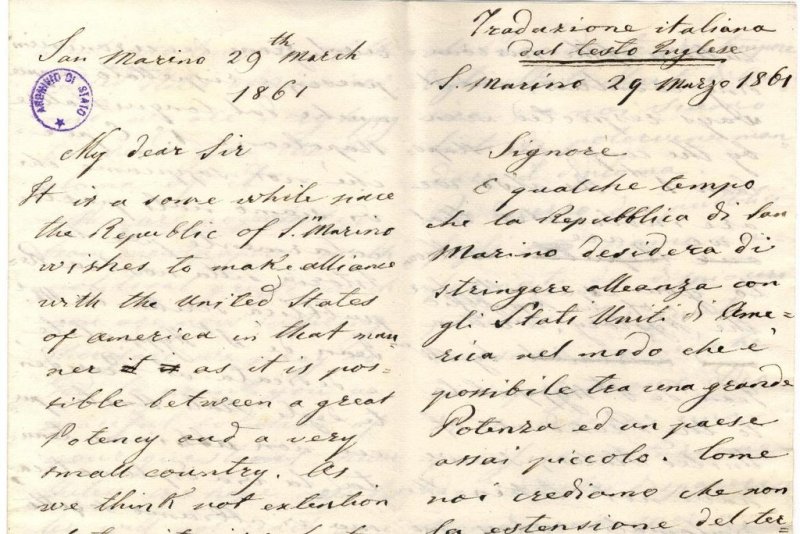
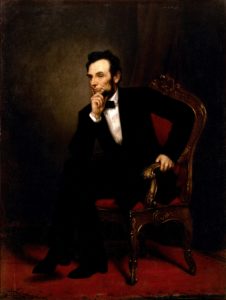 Abraham Lincoln and the Devil? That’s a connection most people wouldn’t easily make, but did you know that Abraham Lincoln had a particular affinity for the fable of Faust?
Abraham Lincoln and the Devil? That’s a connection most people wouldn’t easily make, but did you know that Abraham Lincoln had a particular affinity for the fable of Faust?






